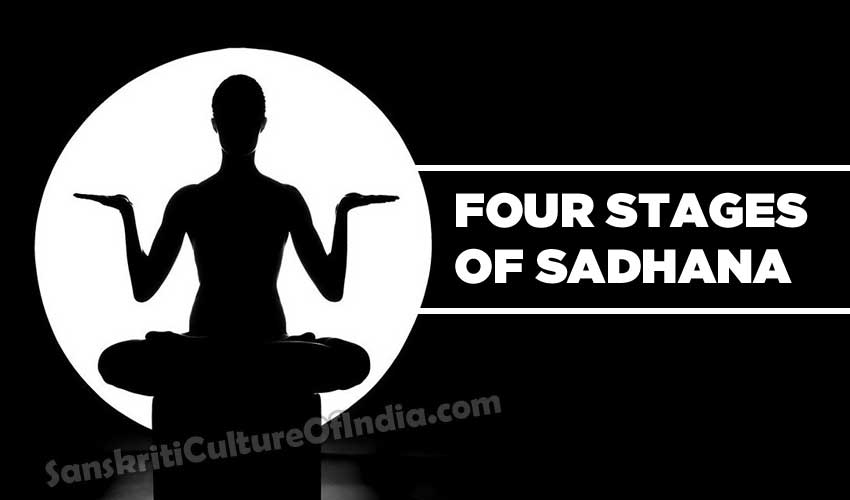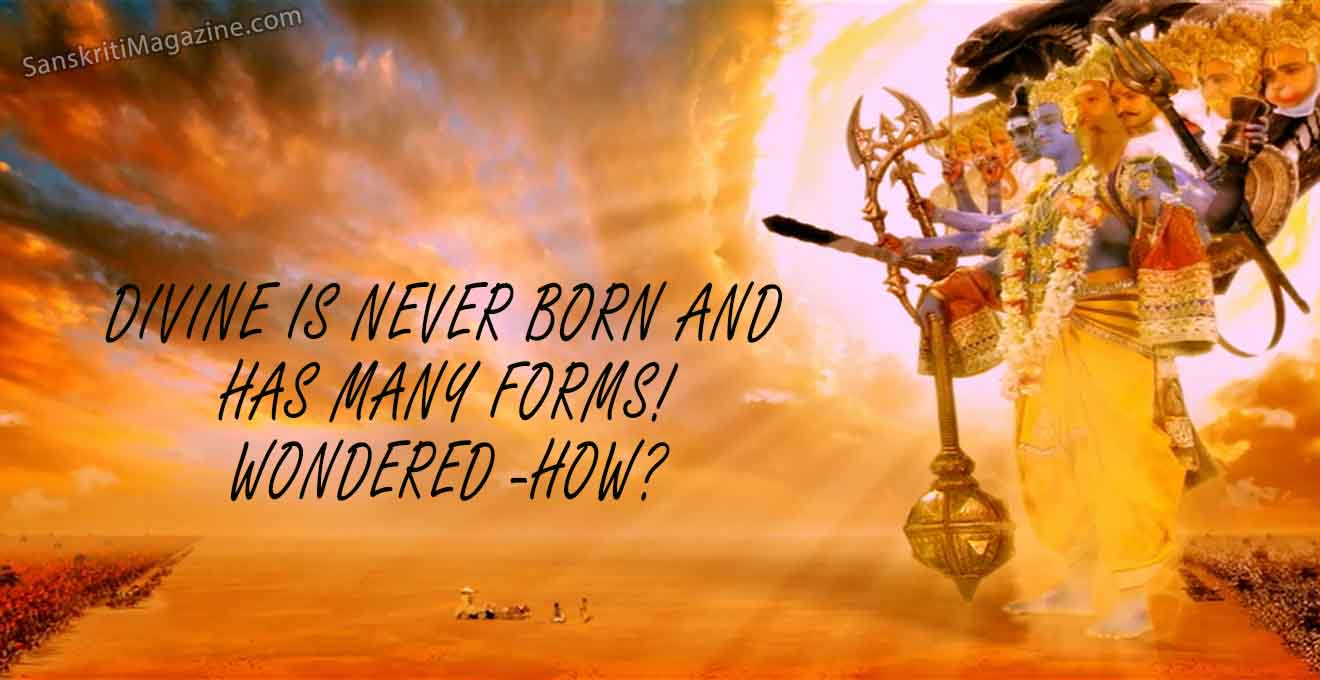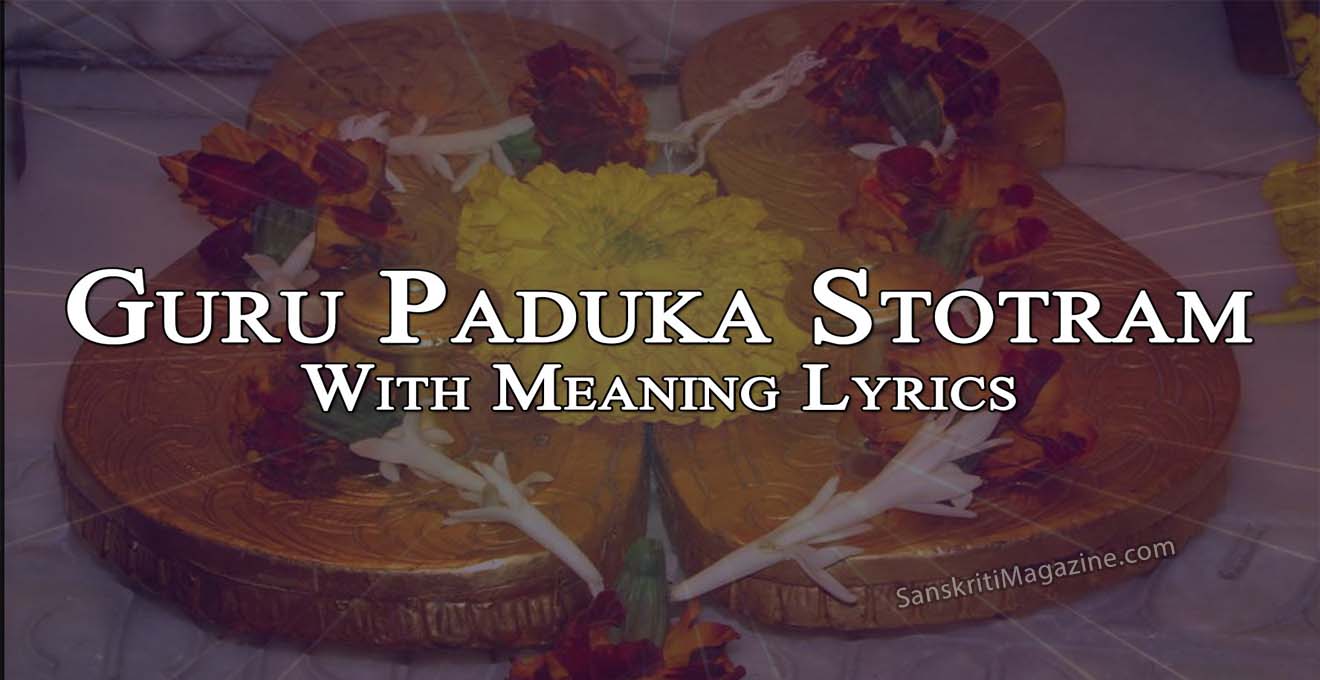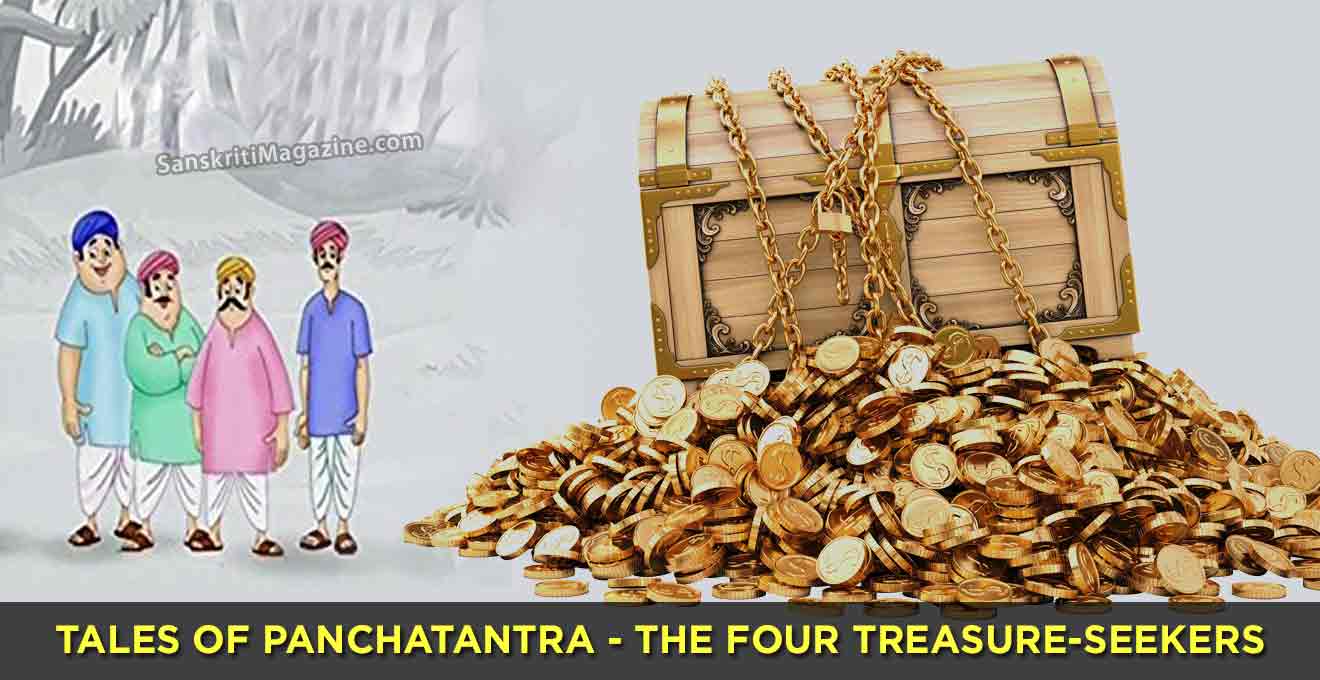All human beings want freedom from suffering here and now. Is this possible? Everyone is fully engrossed in physical longings, the cause of suffering in this world.
It is difficult to detach oneself from them and get liberated. When you develop intense desire and exclusive love for and complete surrender to Parama Purusha, the supreme deity, then only you can liberate yourself and attain salvation.
Some do spiritual practice or meditation, some repeat mantras and some go to places of worship. Everyone is free to choose their path to achieve their goal. But everyone should also know that before choosing their path they should also apply their conscience, their intellect, so that they can choose the right path.
In Tantra, there are four stages of sadhana:
- Brahmasadhana
- Dhyana dharana
- Incantation and hymns
- Idol worship
Shrii Anandamurti pointed out that when spiritual practice is performed with the ideation of Brahmn, it is known as Brahma sadhana, which is a perfect mode of meditation. In this meditation process, the mind should be concentrated on a specific chakra. With the repetition of ishta mantra that helps attain liberation, repetition is done with Brahmn ideation along with, and through inhalation and exhalation processes, so that the mind gets fixed on its goal. This entire process is known as Brahma sadhana .
According to Shrii Anandamurti, sadhana means a systematic and sustained endeavour to be established in a particular vidya or a recognised branch of learning. Practising dhyan or meditation is also a process of sadhana . Performance of all kinds of actions is also a sadhana .
‘ Sadhana ‘ is derived from the root verb sadh, ‘to do something in a sustained way’. So the best sadhana is ideation on the Brahmn. The next best sadhana is concentration and meditation, even without cosmic ideation. But sadhana based on the urge to attain unity with the supreme being, is called Brahmasadhana or absolute spirituality.
In the absence of cosmic ideation, reflection and spiritual practice cannot be absolute. Where there is no internal urge to attain Parama Purusha, the sadhana is only the observance of mechanical gestures and postures and mental processes. The third stage is incantation and hymns or japa and Stuti . According to the Ananda Marga system of sadhana, japa is sometimes dhyan and sometimes Ishvara pranidhan.
Ishvara pranidhan means establishing oneself in the cosmic idea to accept Ishvara as the only truth of life. Stuti is merely a way of flattering the Parama Purusha. Japa and Stuti constitute the third type ofsadhana yielding no tangible benefit for spiritual aspirants.
Incantation or japa is of three kinds:
- Vachanik or loud utterance of the name
- Upanshu or utterance of the name in low voice and
- Mansik or psychic.
Vachanik japa which is an attempt to attract His attention by reciting prayers in a loud voice, does not make sense. Respect, affection, sincerity and devotion are attributes of the inner self not expressible loudly in the language of flatterers. Verses or mantras uttered in such a low voice that they are only audible to doers are called Upanshu japa. Although this is better than vachanik japa, it cannot be considered an ideal kind of japa. Mansik japa is the best process of Ishvara pranidhan. One’s ideation should be in the mind and the soul should be its witnessing entity.
Idol worship is the fourth stage of sadhana. Normally, it is considered as the initial stage of sadhana. Ultimately, Brahma sadhana or ideation on Brahmn is the best mode of sadhana to attain liberation psychologically, rationally and logically.
~ Acharya Divyachetanananda











